We’re about to enter the Radical Decade. What will your story be?
We’re in a climate emergency. Teenagers are gluing themselves to bridges to protest systemic inaction. Protests and demonstrations are breaking out around the world. Yet thirty years after James Hansen’s testimony to US Congress, our civilisational supertanker plows on with emissions-as-usual. We’ve missed our opportunity to make incremental change, so the coming decade will need to be radical.
This experiential workshop will break down all of your assumptions about the role of science communication and ask you to back-cast your story around a very different future. When you look back in years to come, what story will you tell about the role you played in the radical decade? Combining creativity, improvisation, complexity and systems thinking, we’ll challenge you to radically reorient your own approach to science communication.
We’ll give you the tools to jump into the unknown, lean-in to risk and use creativity to thrive in a time of great uncertainty. You’ll leave with new possibilities that will help you re-imagine and re-shape the role you want to play in what will be humanity’s critical decade.
What will participants gain from attending your session?
Participants will be challenged to deeply interrogate their own assumptions and practice in order to find new ways to engage with audiences with creativity, empathy, courage and imagination. They will gain:
- Increased awareness of structural, cultural and personal assumptions that constrain practice
- The opportunity to reimagine their role in a decade that will require transformational change
- Practice in using creativity and improvisation activities to spark empathy and imagination, lean-in to risk, learn to jump and embrace uncertainty
- Strategies for rethinking the fundamentals of their work, drawn from very different domains of knowledge and practice
- An opportunity to identify specific actions and methods to challenge, rethink and improve their practice on an ongoing basis
Session Producer/ Workshop facilitator
Vicki Kyriakakis, Storyteller, Improviser & Marketing Strategist, Monash Sustainable Development Institute
David Robertson, Connector, Science Communicator & Educator, Monash Sustainable Development Institute
When: Wednesday 19th February, 9:30am-10:30am & 11:00am-12:00 noon
Where: Room G31, Learning and Teaching Building, 19 Ancora Imparo Way, Clayton
Hashtag: TBC


















